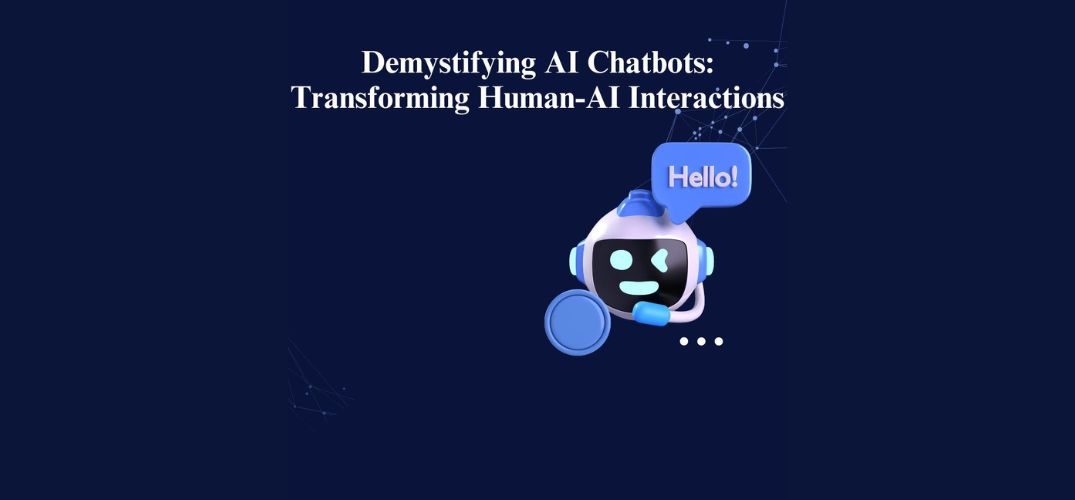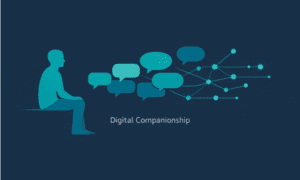A conversational AI expert, Hari Kiran Vuyyuru explores the mechanisms that enable AI chatbots to replicate human-like conversations. His work highlights how these systems achieve coherence, accuracy, and efficiency, driving transformation across various fields.
The Architecture Behind the Chatbot Revolution
AI chatbots utilize advanced architectures to process large data volumes and handle complex language tasks with efficiency. Tokenization, a key feature, divides text into smaller units for precise semantic understanding. Recent advancements allow chatbots to process up to 128,000 tokens in a single context window, enabling them to analyze lengthy and complex texts like technical documents, legal contracts, and research papers with exceptional accuracy. These developments have transformed their use in fields such as healthcare, education, finance, and engineering. By combining deep contextual understanding with precise language processing, AI chatbots enhance human interaction with information, boosting efficiency, decision-making, and cross-disciplinary collaboration.
Contextual Intelligence: Beyond Memory
One of the defining features of modern AI chatbots is their advanced ability to retain and reference context throughout conversations. This capability enables them to seamlessly recall prior exchanges, making them invaluable in scenarios such as educational discussions, where continuity enhances learning, or healthcare, where tracking patient histories ensures accurate and informed responses. Studies reveal a 93.2% accuracy in preserving critical information, demonstrating their ability to navigate complex, multi-topic interactions with precision and coherence. By maintaining long-term dialogue and ensuring consistent, context-aware responses, these chatbots have become essential tools across domains that demand reliability, accuracy, and advanced conversational fluency.
Precision in Prediction
The power of AI chatbots lies in their sophisticated prediction algorithms, which analyze preceding text to generate contextually accurate responses. With an impressive 87% accuracy in reasoning tasks, these systems excel in understanding and adapting to nuanced contexts. This capability shines in applications like software code generation, where chatbots not only produce syntactically correct outputs but also maintain logical coherence. Their ability to combine contextual reasoning with precision makes them invaluable tools in fields requiring high-level problem-solving and creative automation.
Learning from Humans: The RLHF Approach
Reinforcement Learning from Human Feedback (RLHF) has revolutionized AI chatbot training, fine-tuning models to better align with human expectations. This method significantly reduces harmful outputs by 76% while improving task-specific accuracy by 68%. By incorporating human feedback into the learning process, RLHF ensures chatbots deliver safer and more reliable responses without compromising performance. This balance of safety and precision makes RLHF-trained models particularly valuable for regulated industries like healthcare and finance, where accuracy and ethical considerations are critical for success.
Applications Across Industries
AI chatbots have revolutionized industries by delivering tailored, impactful solutions. In healthcare, they handle complex medical terminology with precision, ensuring clinical accuracy and enhancing patient care. In education, they adapt to individual learning needs, creating personalized experiences that foster better understanding and engagement. Their advanced multilingual capabilities, supporting over 147 languages with remarkable proficiency, bridge global communication gaps and promote accessibility. By combining contextual adaptability with domain expertise, AI chatbots continue to redefine efficiency and connectivity across diverse sectors, driving innovation and improving user experiences worldwide.
Bridging Gaps, Yet Facing Limitations
AI chatbots excel in structured reasoning and domain-specific tasks but fall short in creativity and genuine understanding. Their limitations become evident in scenarios requiring flexible, innovative thinking. Despite this gap between artificial and human intelligence, ongoing advancements in training techniques and architectural design strive to bridge these shortcomings. By enhancing their ability to adapt and think innovatively, researchers aim to push the boundaries of AI capabilities, bringing chatbots closer to achieving a more human-like level of intelligence and versatility.
In conclusion, Hari Kiran Vuyyuru‘s insights into AI chatbot technologies underscore their transformative potential across diverse domains. These systems are rapidly evolving, demonstrating remarkable capabilities to assist users, drive innovation, and adapt to complex needs. From healthcare and education to finance and customer service, AI chatbots are redefining how humans interact with technology, making communication more intuitive and seamless. As these technologies continue to advance, they will play a pivotal role in shaping the future of human-AI collaboration, fostering more efficient, adaptive, and meaningful interactions across industries.

































